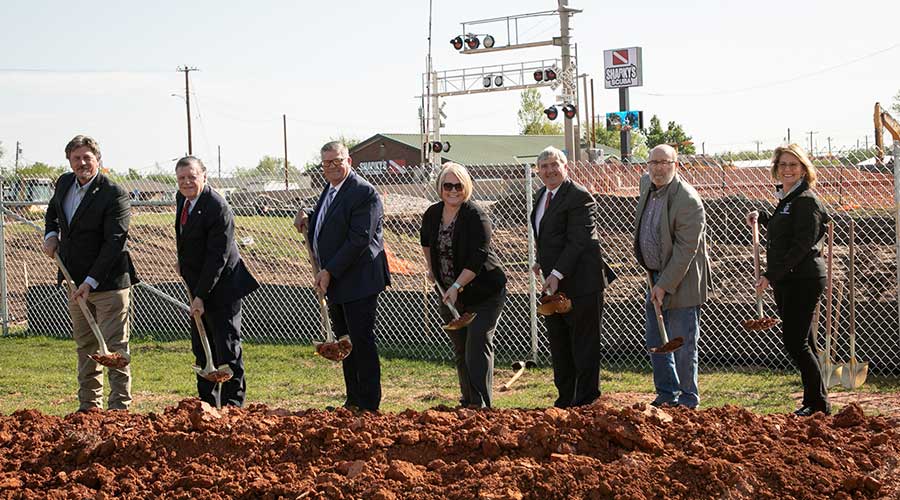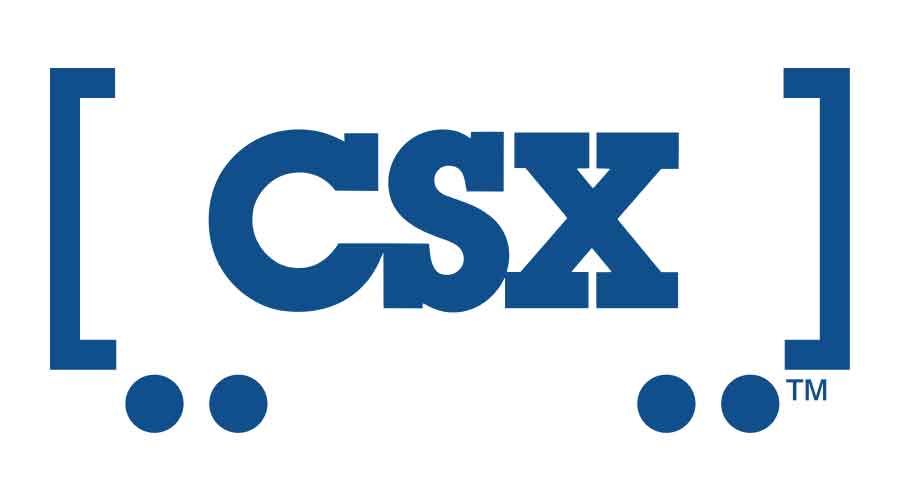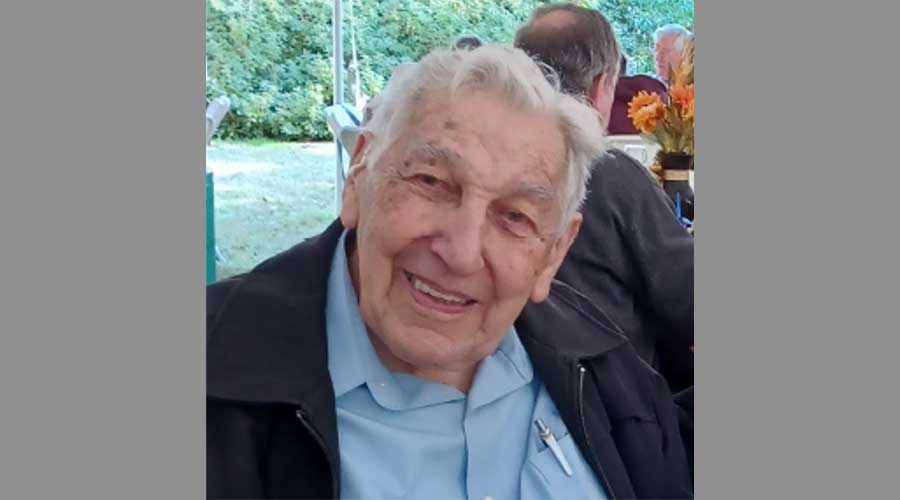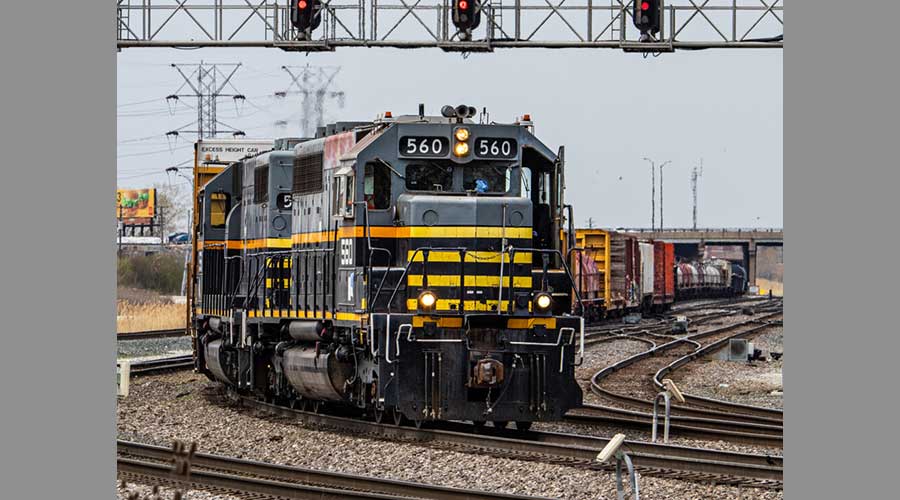Newsletter Sign Up
Stay updated on news, articles and information for the rail industry
Stay updated on news, articles and information for the rail industry
 railPrime
railPrime
RAIL EMPLOYMENT & NOTICES
Rail News Home
Rail Industry Trends
Rail News: Rail Industry Trends
The Chicago Transit Authority (CTA) board recently approved a $1.04 billion fiscal-year 2006 operating budget and fare increase, and updated its five-year capital plan to include line extensions.
Beginning Jan. 1, base fares will increase from $1.75 to $2. Fares will not change for passengers that use the Chicago Card or Chicago Card Plus electronic fare card.
The authority is trying to obtain additional long-term state funding, but officials believe the FY2006 budget — along with the fare increase, cost-cutting initiatives and a temporary transfer of capital funds to the operating budget — will provide sufficient funds for the next fiscal year.
During the past year, CTA has analyzed operations with an independent consultant. Next year, the agency expects to save $4.5 million by implementing the consultant’s recommendations.
Meanwhile, CTA’s board also voted to set aside $6 million in capital funds to study several proposed extensions.
The authority will conduct alternatives analyses for a Red Line extension from the existing terminal at 95th Street to a new terminal at 130th Street, which would streamline rail-to-bus connections and connect with the South Shore commuter-rail line; an Orange Line extension to Ford City, which would provide service from Chicago’s far southwest side to downtown; and a Yellow Line extension to Old Orchard Mall, the Cook County Courthouse, and office and retail developments. The studies would determine transit options, routes, station locations, ridership, cost and timelines.
The board also approved plans to study four sub-regional service improvements that would focus on the city’s south side and suburbs, southwest side and suburbs, northwest side and suburbs, and central service area.
11/11/2005
Rail News: Rail Industry Trends
CTA approves budget, green lights line extension studies
advertisement
The Chicago Transit Authority (CTA) board recently approved a $1.04 billion fiscal-year 2006 operating budget and fare increase, and updated its five-year capital plan to include line extensions.
Beginning Jan. 1, base fares will increase from $1.75 to $2. Fares will not change for passengers that use the Chicago Card or Chicago Card Plus electronic fare card.
The authority is trying to obtain additional long-term state funding, but officials believe the FY2006 budget — along with the fare increase, cost-cutting initiatives and a temporary transfer of capital funds to the operating budget — will provide sufficient funds for the next fiscal year.
During the past year, CTA has analyzed operations with an independent consultant. Next year, the agency expects to save $4.5 million by implementing the consultant’s recommendations.
Meanwhile, CTA’s board also voted to set aside $6 million in capital funds to study several proposed extensions.
The authority will conduct alternatives analyses for a Red Line extension from the existing terminal at 95th Street to a new terminal at 130th Street, which would streamline rail-to-bus connections and connect with the South Shore commuter-rail line; an Orange Line extension to Ford City, which would provide service from Chicago’s far southwest side to downtown; and a Yellow Line extension to Old Orchard Mall, the Cook County Courthouse, and office and retail developments. The studies would determine transit options, routes, station locations, ridership, cost and timelines.
The board also approved plans to study four sub-regional service improvements that would focus on the city’s south side and suburbs, southwest side and suburbs, northwest side and suburbs, and central service area.


 2025 MOW Spending Report: Passenger-rail programs
2025 MOW Spending Report: Passenger-rail programs
 Gardner steps down as Amtrak CEO
Gardner steps down as Amtrak CEO
 Guest comment: Oliver Wyman’s David Hunt
Guest comment: Oliver Wyman’s David Hunt
 Women of Influence in Rail eBook
Women of Influence in Rail eBook








